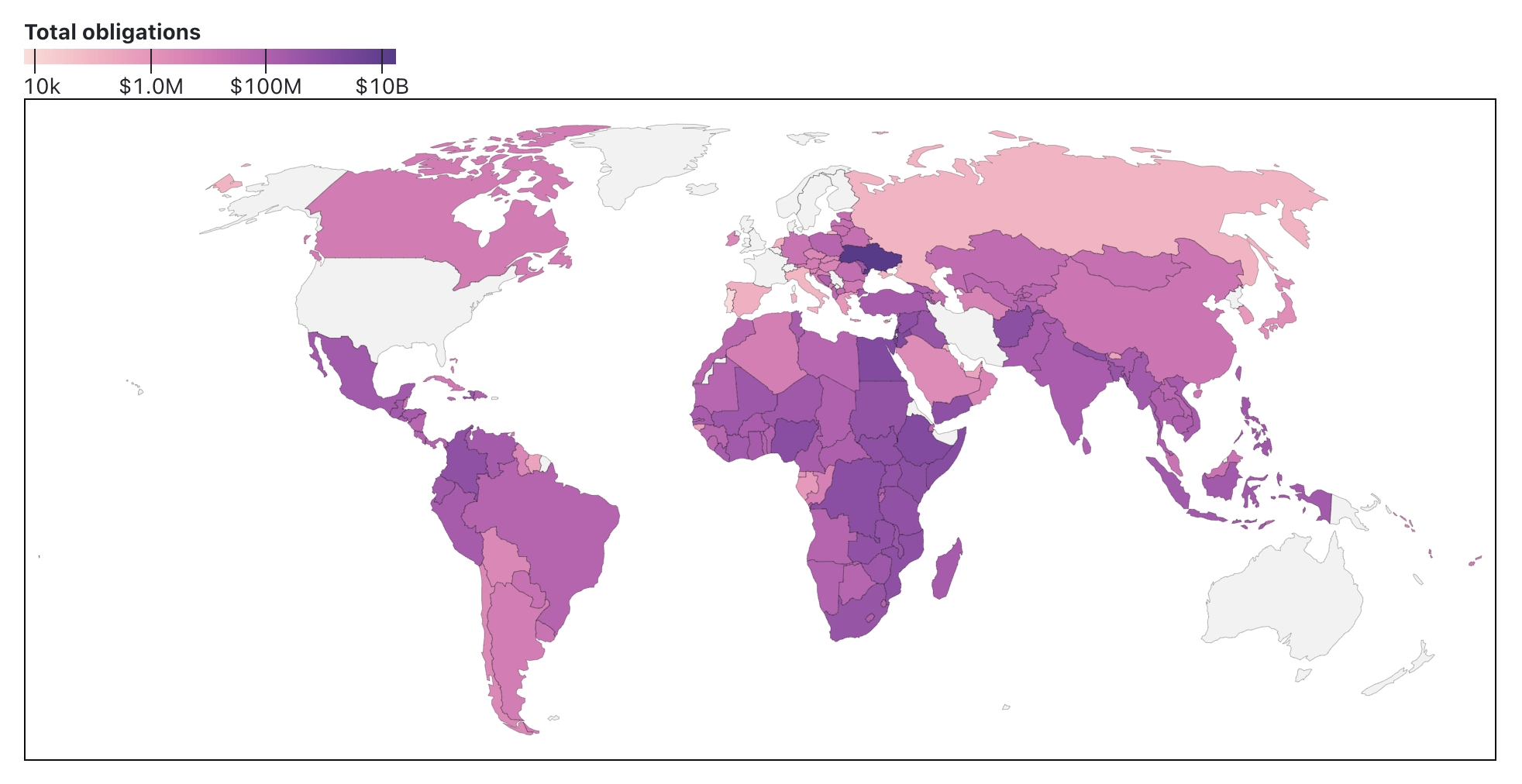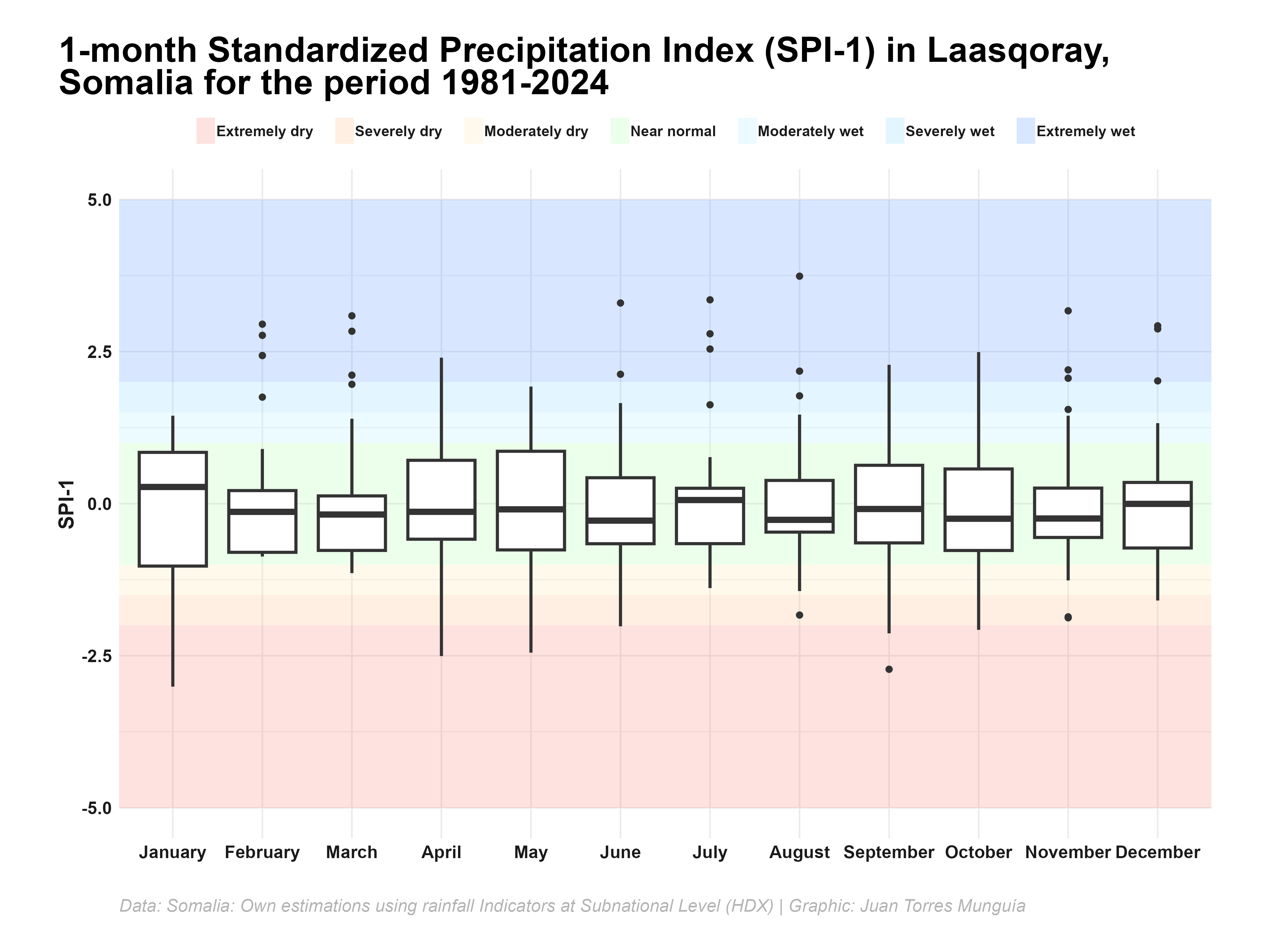por José Luis Reyes Santos Durante gran parte de la historia de Córdoba, territorio ubicado en Nueva España, hubo un continuo pulular de esclavos que ayudó a fortalecer la economía del cabildo y los hacendados. Del siglo XVI al siglo XVIII en la villa de Córdoba la población esclava fue considerable y la demanda fue aumentando progresivamente debido a la necesidad de mano de obra en las haciendas azucareras.
Postagens de Rogue Scholar

Last year I wrote a post describing an R package I put together that fetches recent bioRxiv preprints from a given subject and summarizes them in a couple of sentences using a local LLM running through Ollama: That tool has a limitation in that it’s using the bioRxiv RSS feed to pull recent paper titles and abstracts, and the RSS feeds currently only provide the 30 most recent preprints in each subject area.
Open science initiatives have increased the amount of (openly) available research data. Such data are often shared with the idea that they will be reused, although reuse is far from being guaranteed. Working to bridge the distance between data producers and data consumers has been suggested as one possible way to facilitate the reuse of existing data supplies.

As part of Elon Musk’s weird Department of Government Efficiency’s unconstitutional rampage through the federal government, USAID’s ForeignAssistance.gov was taken offline on January 31, 2025.
A colleague of mine recently lent a hand implementing a polynomial approximation routine I could port to our compiler, though it wasn’t the method I was expecting. As I had written about previously, I was studying the Remez algorithm and implementing a prototype in Python. Remez approximation involves an iterated loop that alternates between root-finding and linear-system solving, and as such it can be rather brittle and difficult.

If you spend any time on LinkedIn, it’s almost a certainty that you have come across a bevy of alleged ‘agentic AI architectures’. They all look something like this: All very neat, but the audience might be forgiven for asking what exactly is agentic about this, except for relabeling subprocesses in what is a run-of-the-mill RPA workflow as ‘agents’. And the audience is, this once, perfectly right.
Carl Edward Rasmussen recently gave a great talk in our group about his thoughts on mechanisms against climate change. He persuasively argued that the Paris Agreement was doing more harm than good by giving the illusion of being a concrete agreement, but is in reality a huge distraction. Our actual emissions have increased since the Paris agreement was signed!

Science that’s not just made by and for white men is under more-than-usual attack these days, thanks to the new administration in the USA under the leadership of Trump/Musk, which made a directive to remove all mentions and funding for initiatives relating to diversity, equity & inclusion (DEI) on January 22, 2025.

二月
While Bluesky is taking off like a rocket, a number of us moving towards self sovereign digital infrastructure have been looking at how to use the Bluesky network for other uses than just short-form notes. This is possible because of my colleague Martin Kleppmann's hard work on the "AT Protocol" that underpins the Bluesky network.

The Standardized Precipitation Index (SPI) quantifies how precipitation deviates from the historical average over multiple time scales (e.g., from 1 to 12 months), allowing for consistent monitoring of droughts and floods across regions and time, making it a valuable tool for early warning and risk assessment systems.